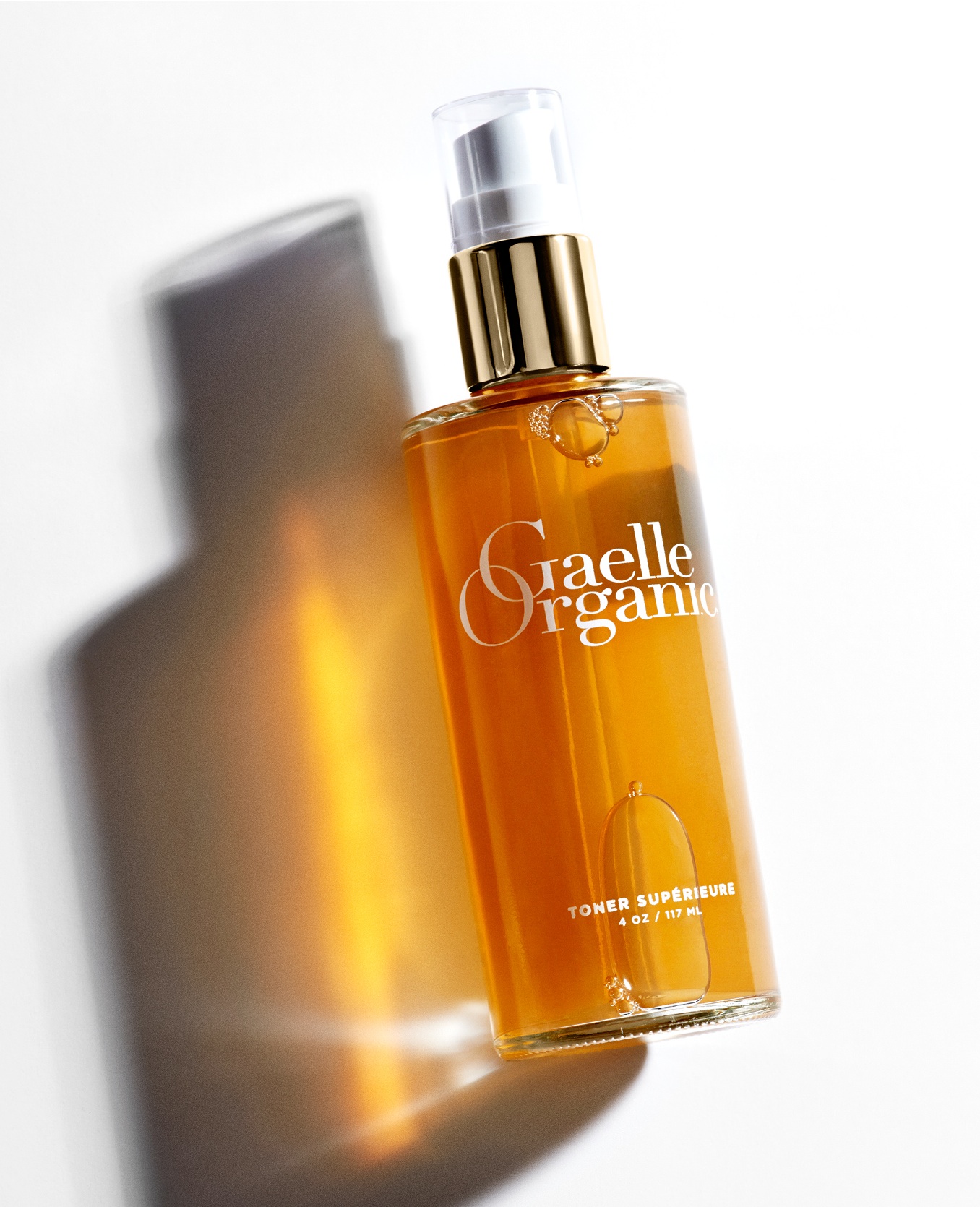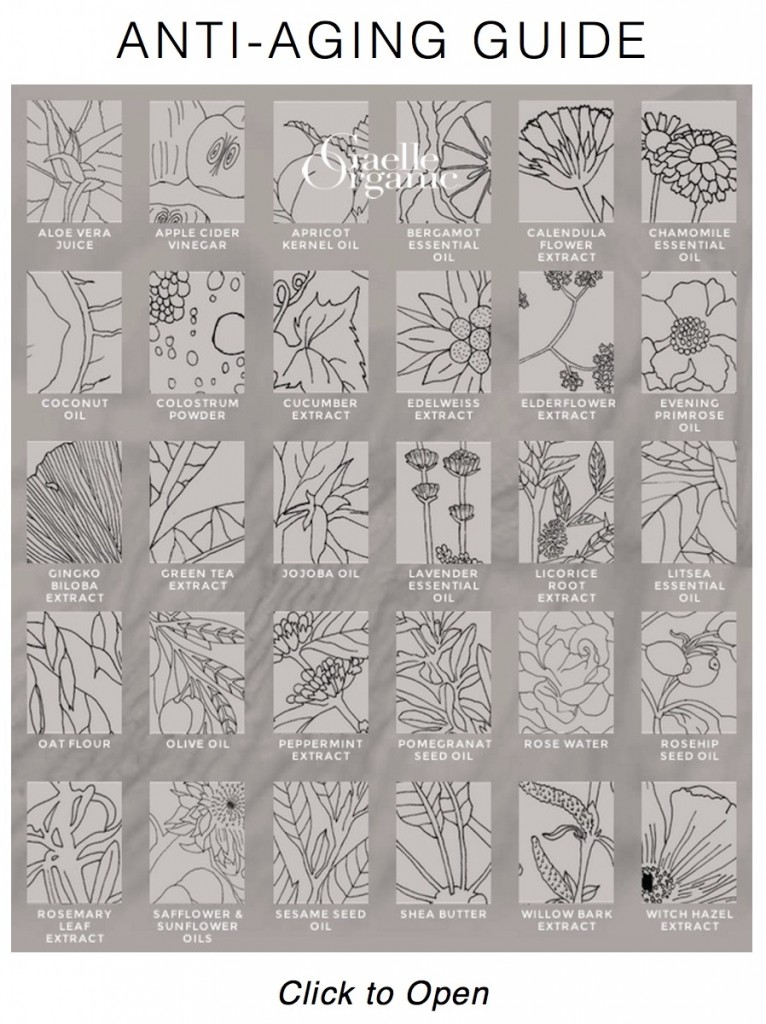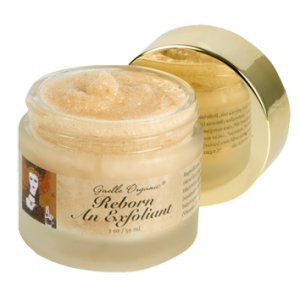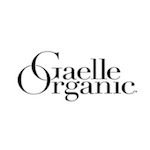Archive for the ‘Exfoliant’ Category
Help With Large Or Clogged Pores
If you have large or clogged pores, you already know the problems they cause.
These 3 practices will clear your pores and restore your skin’s natural beauty.
1. Steam Your Pores
Whenever your pores become clogged, steam them by leaning over a bowl of boiling water. Let the steam rise up to your face and flush your pores. When you finish steaming, let your face cool and dab on a facial toner with a cotton ball, letting it dry on your skin.
2. Use A Facial Toner
Every day after cleansing, minimize your pores with a facial toner made from astringent botanical extracts. The astringents will cause your skin to tighten and your pores to contract.
Many botanical extracts contain powerful antioxidants and antimicrobials that will help to prevent breakouts.
The best ones for minimizing pores are witch hazel, apple cider vinegar, rose water, aloe vera juice and green tea. The extracts of cucumber, calendula, elderflower and mint have a calming influence. You can learn more about these ingredients by clicking here.
Alcohol-free toners are best, especially if you have dry skin or sensitive skin.
Toner Supérieure is a pore refiner for all skin types made from nine botanicals that reduce large pores and prevent them from becoming clogged.You can learn more about using facial toners by clicking here.
3. Exfoliate Regularly
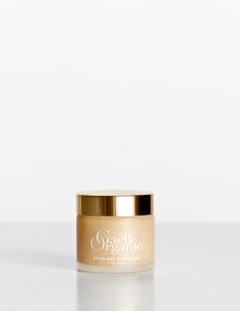 Large pores benefit from exfoliation. Exfoliate twice a week for 30 seconds. It will remove dead skin cells and deeply clean the pores.
Large pores benefit from exfoliation. Exfoliate twice a week for 30 seconds. It will remove dead skin cells and deeply clean the pores.
Your skin will glow after you exfoliate.
Exfoliant Supérieure uses finely-milled sea salt to exfoliate and clean the pores. Its willow bark extract provides the same skin cell renewal benefits as salicylic acid, but without the irritation and sun sensitivity drawbacks.
You can learn more about exfoliating by clicking here.
These 3 routines will clear clogged pores, minimize large pores, and give you smoother, healthier skin with reduced breakouts. Your skin will love it!
Anti-Aging Guide
For best results, all the products you put onto your skin should be packed with anti-aging ingredients, including the cleanser, toner, exfoliant, and moisturizer you use every day, and any other products you use for special treatments.
This Anti-Aging Guide is an easy way to learn about which ones work best so you will know what to look for in the products you buy.
When you look at ingredient lists (and this is a key – don’t just rely on the “natural” claims on the packaging), check for the ingredients in this Anti-Aging Guide and avoid products that have a whole lot of other stuff in them. You are likely buying fillers or worse.
Anti-aging is not for special occasions or exotic treatments. It works when you take good care of your skin every day with high quality natural products. And the good news – it’s simple and easy, and the results are fabulous!
Some bugs you want on your face.
Some bugs are good on your face. Others, not so good.
On its own, the oil (sebum) we secrete through our skin has no antiseptic power. We need helpful bugs to convert it into antiseptic fatty acids. Without them, we are exposed to invasion by harmful bacteria and fungi, and we can suffer breakouts and worse.
When we deplete our natural oils, the good bugs don’t have anything to work with. This can happen naturally, as we produce less sebum over time. We can also deplete our natural oils by dissolving them with products that contain alcohol and other harsh ingredients. That’s one of the ways extra dry skin develops.
Coconut oil, palm kernel oil, and palm oil are all treated the same way as sebum by beneficial bacteria that live on our skin. They are broken down into fatty acids that protect our skin from marauders. It’s one of the reasons these oils are so healing. And that’s why I use them on my skin and in my products.
This is in addition to their moisturizing and softening benefits. Quite a deal, really.
More about the difference bacteria can make to your skin.
The Beauty Benefits Of Calendula
 Today’s Personal Care blog highlights calendula, an herb used traditionally for skin care and healing. Modern research has shown that calendula is rich in carotenoids (vitamin A) and oil-soluble sterols that help to heal chapped and irritated skin, as well as plump up and thicken the skin.
Today’s Personal Care blog highlights calendula, an herb used traditionally for skin care and healing. Modern research has shown that calendula is rich in carotenoids (vitamin A) and oil-soluble sterols that help to heal chapped and irritated skin, as well as plump up and thicken the skin.
I use calendula cream on wounds and burns, and infuse it into an oil that goes into my moisturizer and exfoliant. I wouldn’t be without it.
You can read more about calendula’s healing and skin care benefits at the excellent Personal Care blog – a reliable source of fact-based information about the products we use, and their ingredients.
How To Tell If You Are Exfoliating Too Much
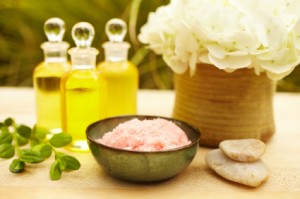 Exfoliating is an essential part of dry skin care, but like most things, it can be overdone.
Exfoliating is an essential part of dry skin care, but like most things, it can be overdone.
I recommend a 30-second session, twice a week, with a mild, natural exfoliant. No more than that.
However, some people may exfoliate too often, or they may exfoliate when they have been out in the sun, or when they have had another kind of facial treatment. Scrubbing too hard can be an issue as well.
All of which raises the question – how do you know if you are exfoliating too much?
5 Signs Your Are Exfoliating Too Much
The Toronto Cosmetic Clinic posted these 5 signs to watch for:
1. Your skin has dry patches or feels drier all over than it’s ever been.
2. Your skin is more sensitive than it’s ever been, reacting faster to the elements, stress and other irritants.
3. Your skin is itchy.
4. Your skin is plagued by redness.
5. You’ve noticed that you’ve developed a lot of acne and inflammation recently.
If you are seeing any of these 5 signs, you may be exfoliating too much. You may also be using an exfoliant that is too harsh for your skin.
For Best Results
Use an exfoliant that is formulated to also moisturize your skin.
Exfoliate no more than twice a week.
Exfoliate gently.
Never exfoliate when your skin is stressed.
Related Articles
The Best Exfoliant For Dry Skin
How To Tell If You Are Exfoliating Too Much
When Not To Exfoliate
 Even though exfoliating is a cornerstone of good skincare, there are times when we should not exfoliate.
Even though exfoliating is a cornerstone of good skincare, there are times when we should not exfoliate.
Top of the list is when we have any degree of sunburn. Sunburned skin is too raw for exfoliation. The same goes for chapped skin – and for the same reason.
If your skin is sunburned or chapped, let it heal completely before you exfoliate it.
And avoid exfoliating on days when you are having a spa treatment or giving yourself a facial – anything outside of your normal skincare routine. At these times, your skin has enough going on already, and it needs time to rebalance itself.
The key to exfoliating is to do it regularly – once or twice a week – but only when your skin is ready for it. And gently!
Related Articles
The Best Exfoliant For Dry Skin
How To Tell If You Are Exfoliating Too Much

